
Become a member
Join today and help protect nature, beauty and history – for everyone, for ever. Enjoy access to more than 500 places with National Trust membership.
A peaceful retreat set within the beautiful Devon countryside
near Bovey Tracey, Devon, TQ13 9JQ
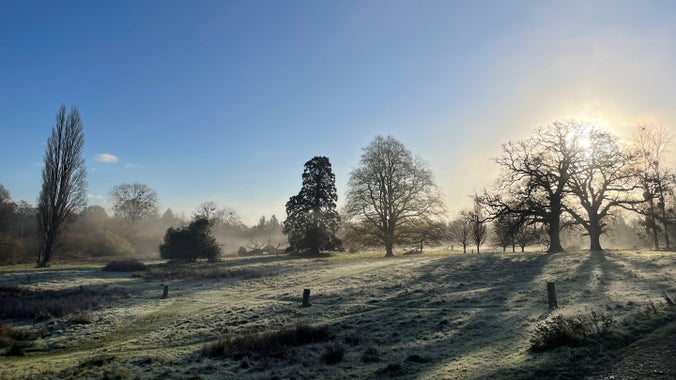
| Asset | Opening time |
|---|---|
| Estate and walks | Dawn - Dusk |
| Home Farm Café (not NT) | 10:00 - 16:00 |
Home Farm Café (not NT) - open 10am-5pm (10am-4pm November to March) and selected evenings. Dinner bookings essential, please call 01626 830016
Café - more informationSmall car park, unsuitable for large vehicles, caravans or trailers. Free for National Trust members and Blue Badge holders. Otherwise it's £3 for 2 hours, £5 all day, cash or JustPark 80641. National Trust members can register their membership card with JustPark. No overnight parking
Dogs welcome - please keep under effective control with 'paws on the path'. Please use a short lead in the car park, around livestock, and in the Walled Garden. Off-lead play area between the disused railway line and river: what3words: ///acted.headlight.lunge
A flat grassed area with picnic benches which can be accessed down the stone path from the car park.
Down a set of steps just beyond the café courtyard, open all hours, including one accessible toilet and a baby-changing facility
Small car park with limited spaces. Several uneven paths in the woodland area, with some steep gradients and steps.
Near the café courtyard. To avoid the steps, continue down the hill past the café and turn right through a white picket gate. Follow the path to the toilets on your right
Four designated accessible spaces in the car park. Blue badge holders park for free
Down the main path from the car park, outside the café
Steep hill down to the café and river. Uneven terrain through the woodland. Two steps to access the Walled Garden which has narrow paths in places
Parke car park - what3words: ///hillsides.farms.clipboard
Parke is a three pawprint rated place. Discover how to have a dog-friendly visit, including where to walk, what to be aware of and what facilities are available for dogs.

Find accessibility information to help you explore the Parke estate.

Sustainable travel to National Trust places around Dartmoor is easier than you might think. We've put together a useful guide to help you navigate some greener transport options.

A peaceful woodland retreat within the Devon countryside, on the outskirts of the small market town of Bovey Tracey.
A walled garden growing fruit, vegetables and cut flowers, surrounded by a mixed orchard, open most days between 10.30am and 2.30pm.
The River Bovey was an important source of water to power Bovey Tracey's historic mills sited downstream.
Pick up a locally-grown Christmas tree to fill your home with festive scent.
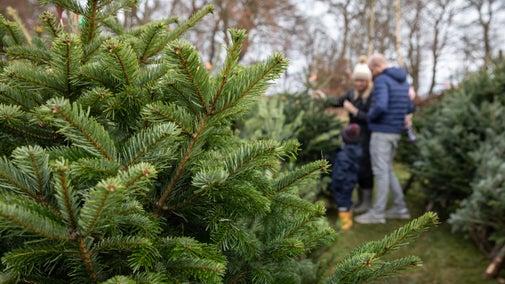
Discover more about events coming up.
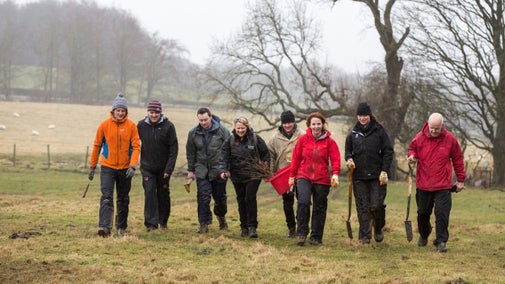
Explore the historic estate of Parke on the edge of Dartmoor, with its walled garden and mixed orchard plus abundant wildlife along the river.
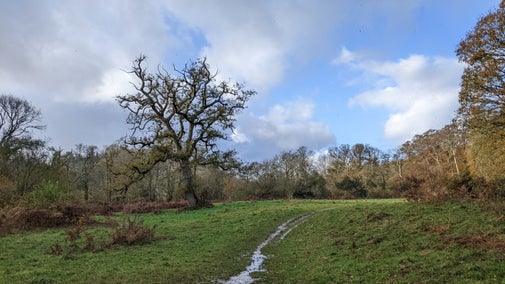
Find out more about the Church house at Widecombe in the Moor on Dartmoor, and the best ways to access it if you’d like to pay a visit.
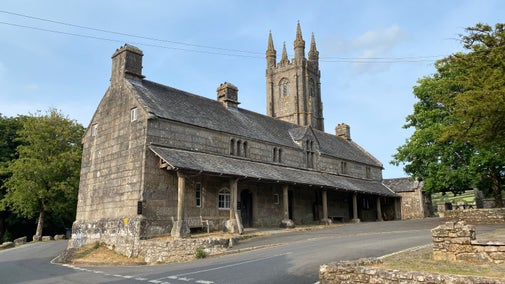
Find out what outdoor activities you can enjoy on your visit to Parke. Bring your bike, go for a run or walk or enjoy an orienteering adventure.
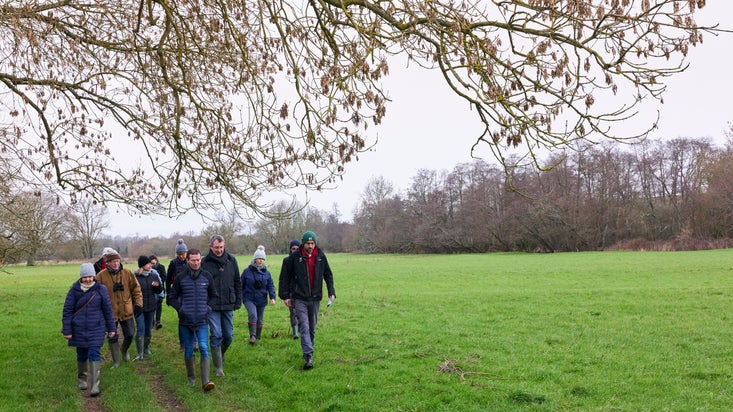
Home Farm Café (not National Trust) offers local seasonal produce and food, made with love. This award-winning café and restaurant is located within a pretty courtyard next to the walled garden, perfect for a pit-stop after a walk around the Parke Estate.


A homely bolthole for two with the wilds of Dartmoor on its doorstep.

A woodland hide-out complete with a tree-top balcony and a riverside garden.
Sorry, there are no upcoming events at this place
There's something for everyone at Parke, found on the outskirts of the small market town of Bovey Tracey, gateway to mystical Dartmoor. You can walk from the town (about one mile) or stop off as you drive to the open moor, where the next stop is the rugged crag of Haytor.
This compact estate was once the home of a wealthy local family and probably enabled them to be self-sufficient for all their day-to-day needs with
So, take a short stroll around the garden, or a longer more strenuous walk through the woodlands and along the river to the medieval weir. Along the way, keep your eyes peeled for a myriad of wildlife and a host of wild flowers.
The River Bovey runs through Parke and was an important source of water to power Bovey Tracey's historic mills sited downstream. Find out more about its history.
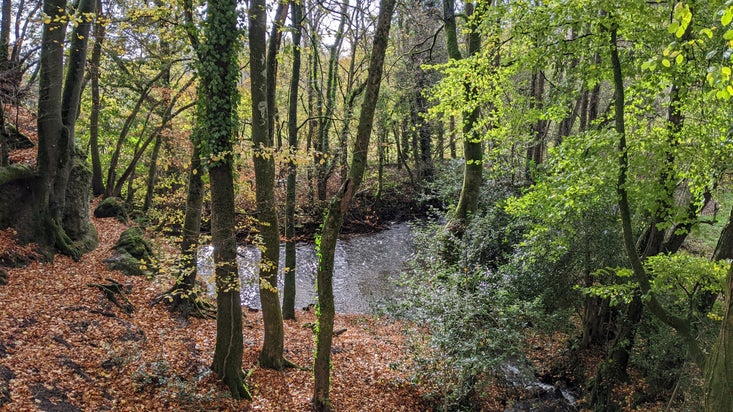
Discover the important work of the ranger and garden teams at Parke, from conservation grazing and woodland management, to the productive crop and cutting garden.

Search for live volunteering opportunities, or register your interest with Parke.


Join today and help protect nature, beauty and history – for everyone, for ever. Enjoy access to more than 500 places with National Trust membership.
By sharing your email address you’re agreeing to receive marketing emails from the National Trust and confirm you’re 18 years old or over. Please see our for more information on how we look after your personal data.